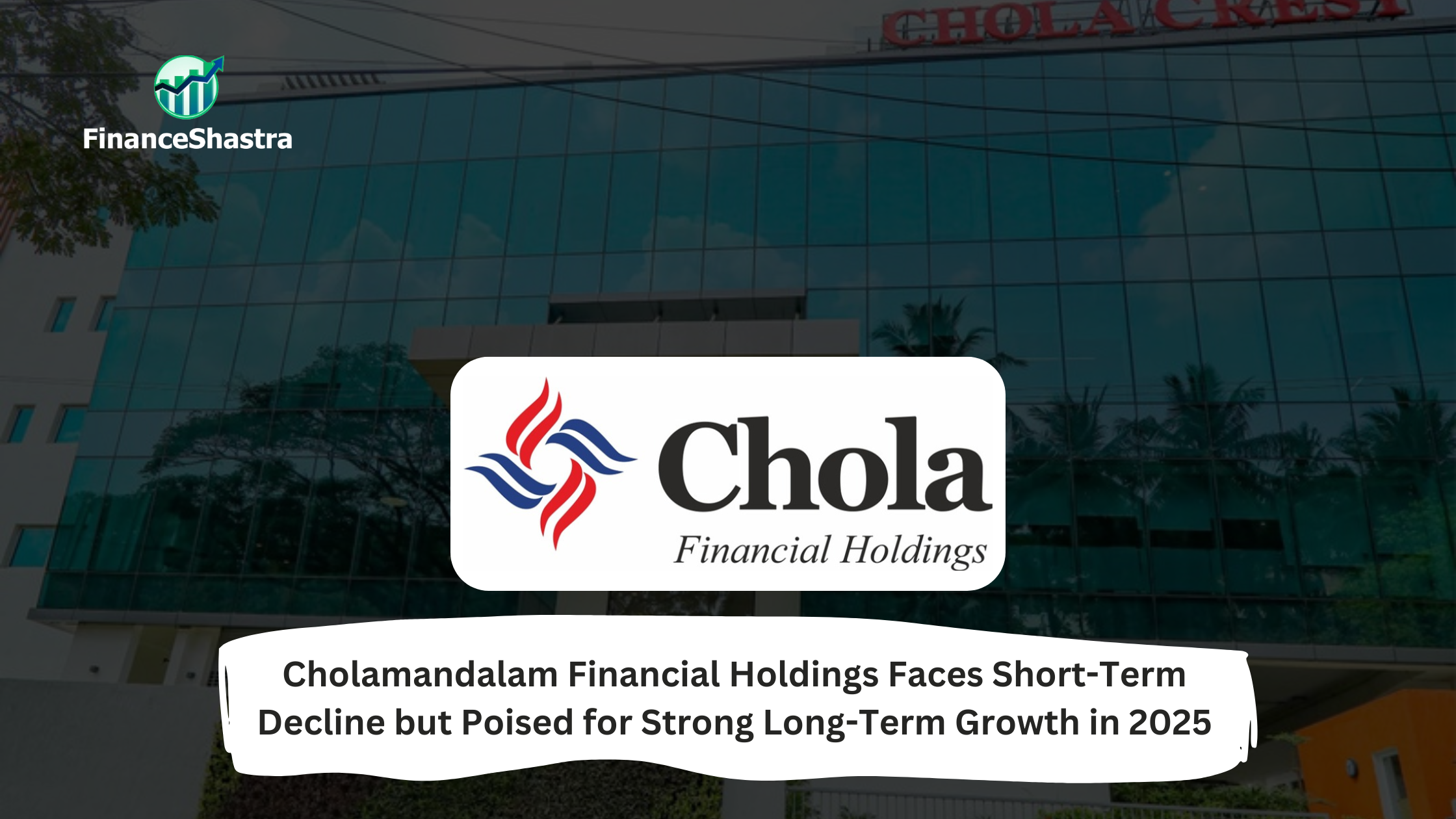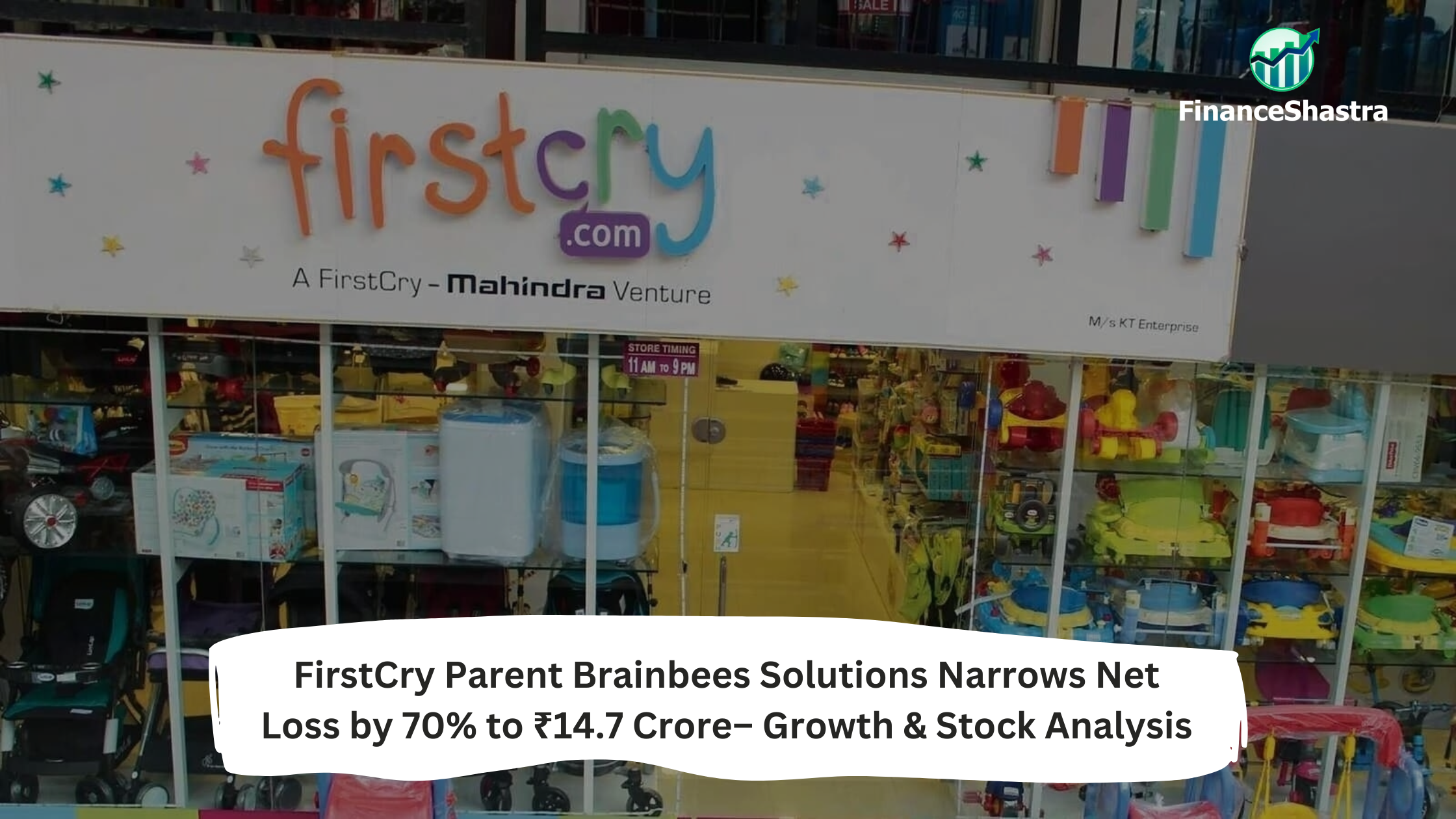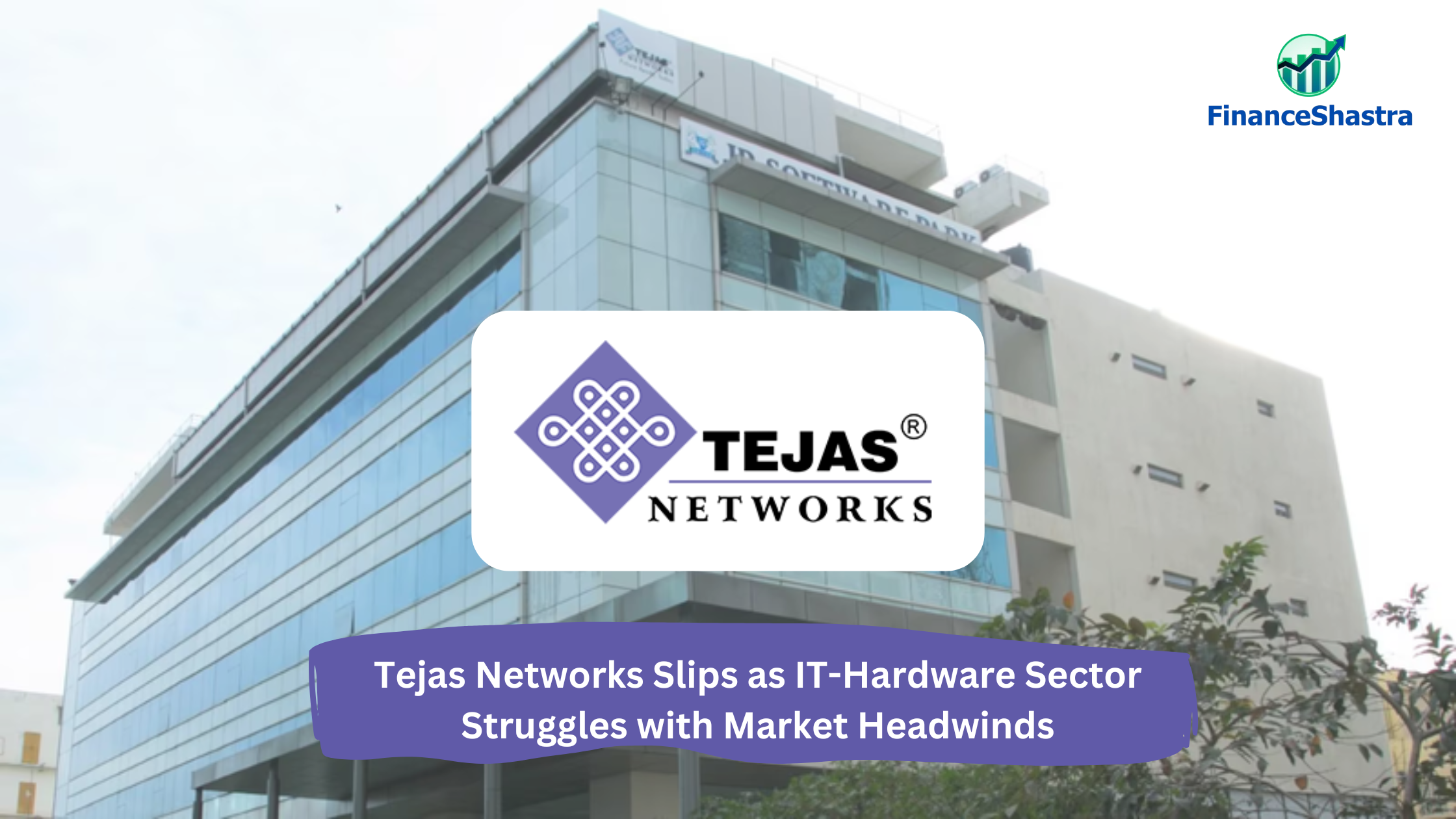Cholamandalam Financial Holdings Faces Short-Term Decline but Poised for Strong Long-Term Growth in 2025
Business and Industry Overview:
Cholamandalam Financial Holdings Limited is a company that belongs to the Murugappa Group, one of India’s largest business groups. It was founded in 1949. The company first made tubes and later moved into other industries. In 1959, it merged with Tube Products of India Ltd., changing its name to Tube Investments of India Ltd. This marked the start of its growth into many areas. In 1960, the company started a joint venture called TI Diamond Chain with a U.S. company. By 1962, it began making cold-rolled steel strips. In the 1980s, Cholamandalam expanded into the automobile sector. It built a factory in Avadi, Tamil Nadu, to make car parts. Cholamandalam entered the insurance business in 2002. It invested Rs 76.30 crore in Cholamandalam General Insurance. This made the insurance company a part of Cholamandalam. They also partnered with Mitsui Sumitomo Insurance Company from Japan to run the insurance business. In 2010, the company bought a majority stake in the Sedis Group from France and set up a plant in China. In 2008, Cholamandalam began making electric scooters. It opened plants to make e-scooters and bicycles. The company also grew its business in many other ways, including making parts for cars. In 2017, it decided to separate its manufacturing business. It transferred the manufacturing business to Tube Investments of India Ltd. In 2019, the company changed its name to Cholamandalam Financial Holdings Limited. Recently, the company focused on growing its financial services. In 2022, it bought a company called Payswiff Technologies to help improve its digital services. Cholamandalam also launched new loan products like Consumer & Small Enterprise Loans and Secured Business & Personal Loans. These loans help people and small businesses. By 2023, the company expanded its branches from 22 to 34 across India. Today, Cholamandalam Financial Holdings is known for offering insurance, loans, and wealth management services. The company continues to grow and introduce new products. It aims to meet the needs of its customers and expand its reach across India.
India’s financial services industry is growing very fast. Mutual funds, where people invest their money, have seen huge growth. In 2014, the total money invested in mutual funds was Rs. 9.16 trillion. By 2024, it grew to Rs. 64.97 trillion. This shows that more people are choosing mutual funds to grow their money. The insurance sector is also growing. By 2025, it might reach US$ 1 trillion. More people are buying insurance to protect themselves and their families. The fintech sector is booming. Fintech includes companies that provide financial services online. These services include payments, money transfers, and digital banking. India now has over 2,100 fintech companies. With more people using smartphones and the internet, India is becoming one of the biggest digital markets. These companies help people manage money and pay bills easily through their phones. The Indian government is helping the financial industry grow. In 2022, the government introduced plans to launch the Digital Rupee. This will make digital payments even faster and easier. The government is also encouraging foreign companies to invest in India’s insurance sector. They increased the limit for foreign investment to 74%. Financial services like loans, insurance, and mutual funds are reaching more people in rural areas. Before, many people in villages did not have access to these services. Now, they can easily use them. The wealth management industry is also growing. Rich people are looking for personal financial advice and investment options. The government has made it easier for more people to use financial services. Digital payment systems like UPI (Unified Payments Interface) are growing in popularity. UPI helps people send money and make payments quickly. More people are using it every day. These changes show that India’s financial services industry is modernizing and reaching more people. The industry has a lot of potential to keep growing.
Cholamandalam Financial Holdings Limited (CFHL) is a strong company in India that offers services like mutual funds, insurance, and asset management. It competes with big companies like HDFC, ICICI, and SBI, but it stands out because it is part of the trusted Murugappa Group. CFHL helps many different types of customers. It serves large businesses, small businesses, and even people in rural areas. These are areas where financial services were hard to find before. CFHL is also making it easier for people to use its services online. Customers can now manage their investments and insurance through digital platforms. CFHL owns a large part of Cholamandalam MS General Insurance, which helps it grow in the insurance market. This gives CFHL a chance to reach more people who need insurance. The company uses new technologies to improve its services. CFHL focuses on customer needs and reaching people in more parts of India. As more people use financial services, CFHL is well-positioned to grow and do well in the market.
Latest Stock News:
As of March 27, 2025, Cholamandalam Financial Holdings Ltd (CFHL) is trading at ₹1,721.60, up by ₹8.70 or 0.51% on the day. The stock’s volume for the day was 88,152 shares. The stock reached a high of ₹1,739.40 and a low of ₹1,701.90. It is part of the non-life insurance industry in the financial services sector. Its share price has recently increased by 0.51%, reaching ₹1,721.60. In the past year, the stock has grown by over 57%, showing it’s a strong performer. The company is in the financial services sector, particularly in non-life insurance, and is worth about ₹32,367 crore. It has been making good profits and saving a lot of them in reserves. Experts think the stock could grow more, making it a good option for investors looking for returns.
Recently, CFHL’s stock price broke out from a period of sideways movement, showing a positive sign. It has found support above the 200-day moving average, which could mean it is ready to go up after falling by 24%. Experts believe that short-term traders could aim for ₹1,800 in the next 1-2 months. If the stock keeps performing well, it might offer good returns for those willing to take on higher risks. The overall trend for CFHL looks positive, and investors may want to buy it in the coming months. In addition to this, the company has announced a recent update regarding its Code of Practices and Procedures for Fair Disclosure of Unpublished Price Sensitive Information. The Board of Directors approved amendments to the code in their meeting on March 26, 2025. The revised code, in compliance with SEBI’s regulations, ensures that the company will disclose price-sensitive information in a fair, timely, and uniform manner. The updated code is available on the company’s website for public access.
Potentials:
Cholamandalam Financial Holdings has clear plans for growth. They aim to expand in the non-life insurance market. By offering new products, they hope to attract more customers. This will help the company increase its profits. The company also wants to improve its digital services. They plan to make it easier for customers to use their products online. This includes improving their website and mobile apps. Customers will be able to buy insurance, track claims, and manage policies more easily. Cholamandalam is focused on building up cash reserves. This will make the company more financially stable. Having more reserves will also allow them to invest in future growth opportunities. To be more efficient, the company will use advanced technology and better business processes. This will help reduce costs and increase productivity. Cholamandalam wants to keep its customers happy. They will focus on providing good service and building strong relationships. This will help them keep existing customers and attract new ones. Lastly, the company wants to give steady returns to its shareholders. They are committed to growing the business in a way that benefits everyone involved. In summary, Cholamandalam’s future plans are about expanding their market, improving digital services, saving money for future investments, becoming more efficient, and focusing on customer satisfaction. These strategies will help the company grow and succeed over time.
Analyst Insights:
- Market capitalisation: ₹ 32,419 Cr
- Current Price:₹ 1,725
- 52-Week High/Low: ₹ 2,155 / 1,034
- Stock P/E: 15.6
- Dividend Yield: 0.03%
- Return on Capital Employed (ROCE): 10.7%
Cholamandalam Financial Holdings Ltd (CFHL) has shown good growth. Its revenue grew by 31% last year. This means the company is expanding and making more money. Its net profit also grew a lot, from ₹543 Cr in FY2021 to ₹1,160 Cr in FY2023. This shows strong profit growth. It is good at making money. The company keeps 50% of what it earns as profit. This means for every ₹100 it makes, ₹50 is profit. This is a sign of good management. The return on equity (ROE) is 19.8%. This means CFHL is using its money well to make more money for its investors. CFHL has a lower price-to-earnings (P/E) ratio compared to companies like Bajaj Finance. This could mean CFHL is cheaper than its competitors, making it a good time to buy. Although there is a small drop in promoter holdings and the interest coverage ratio is lower, these are not big problems compared to its overall good financial performance. CFHL is also spread out in different areas like vehicle finance, home loans, and insurance. This helps the company stay stable even if one part of the business does not do well. With its strong growth and lower stock price compared to competitors, CFHL looks like a good investment in the finance sector.










